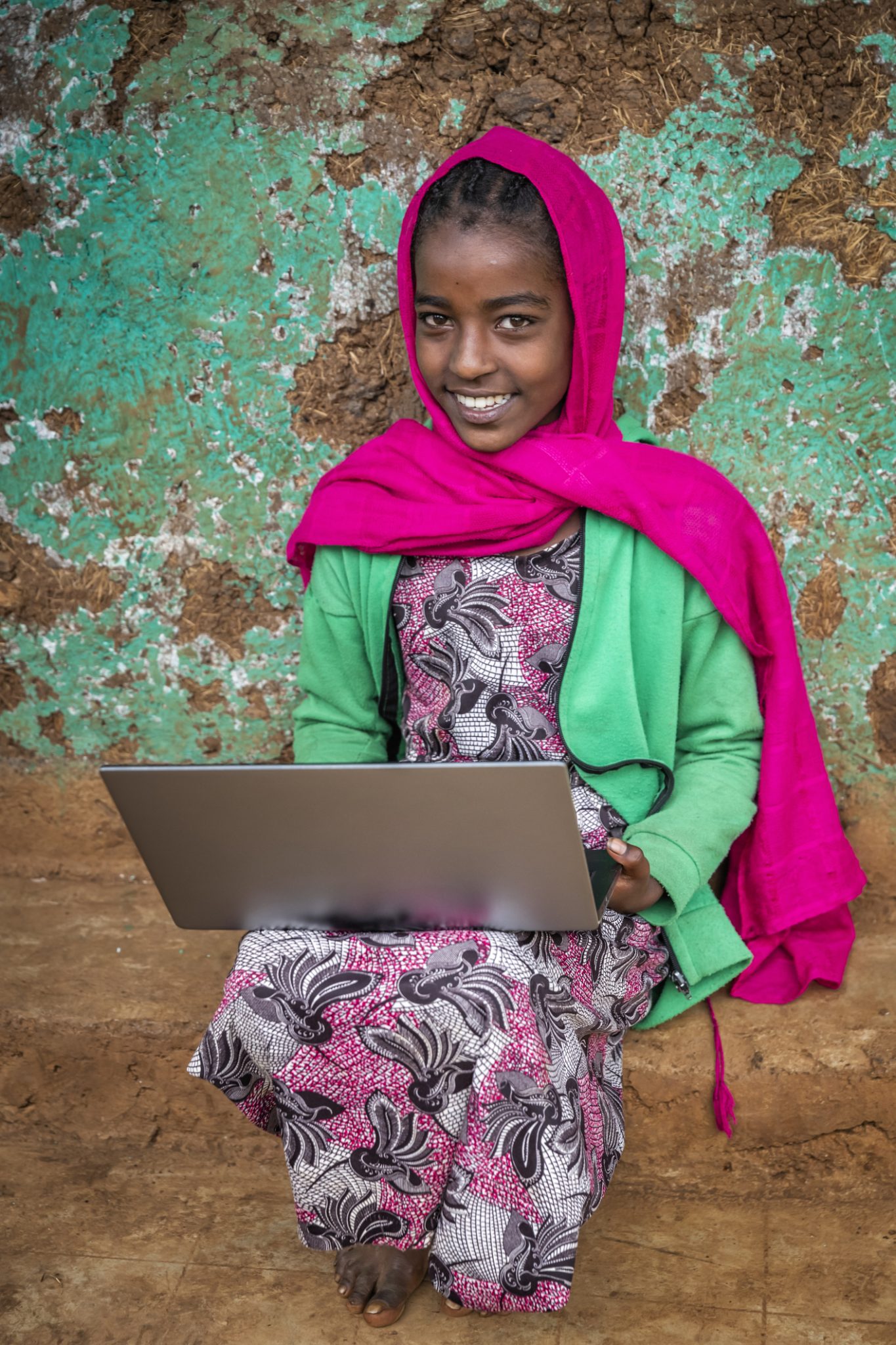
Crossing the Digital Divide Today
IEI is a nonprofit organization working to ensure everyone has access to high quality digital learning resources.
To bridge the digital divide quickly and affordably, IEI has developed an innovative solution based on datacasting. This allows the delivery of large digital files to anyone who can receive a television broadcast signal. As a result, even people and facilities without reliable internet can access up-to-date, trusted learning resources. IEI solutions can be implemented within months, not years.

Why IEI?
Trusted
IEI is a nonprofit organization founded by PBS member stations
Speed
Partners can bridge the digital divide within months, not years or decades
Affordability
IEI costs a small fraction of expanded broadband infrastructure
Reliability
IEI works through established broadcast infrastructure
Reach (US)
Mirroring public television, IEI has virtually ubiquitous reach
Reach (International)
IEI is compatible with digital television standards adopted by 82% of all countries
Content
IEI integrates locally sourced content with a global library of trusted learning resources
Compatibility
IEI fully integrates with learning management systems like Canvas, Google Classroom, and Schoology
How IEI Works
A simple user experience is essential to the IEI model.
IEI enables trusted curators, like teachers and public health officers, to upload a customized collection of digital materials, which may include videos, HTML files, ebooks, PDFs, and other large-scale supplemental learning tools. These materials are then sent to targeted end users through the television spectrum. While internet access is required for the initial upload, it is not required on the receiving end.
Curators have access to IEI’s digital library, which makes available high quality learning resources, but curatorial decisions – what to send to end users – are always made locally.
The end user, which might be either an individual or an institution, such as an incarceration facility, school or public health center, receives the information through a small antenna and stores it in an “Eddie,” an educational device the size of a small router with 128 GB of storage. The Eddie also creates a hotspot, allowing any Wi-Fi-enabled device, like a computer, tablet or smartphone, to access the stored learning materials, still without any dependence on internet connectivity.
A flexible tool for information access, IEI has a wide range of applications that include K-12 education, early childhood education, continuing education for people within prisons and jails, public health, media and journalism, and emergency relief information distributions. Read more about our solutions (link) here.

